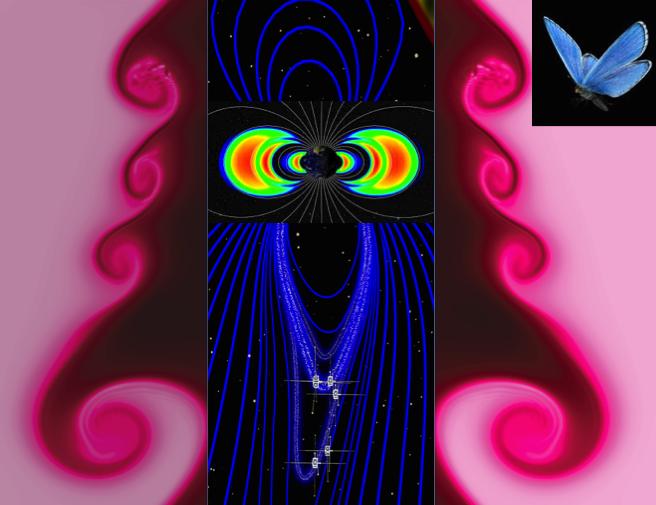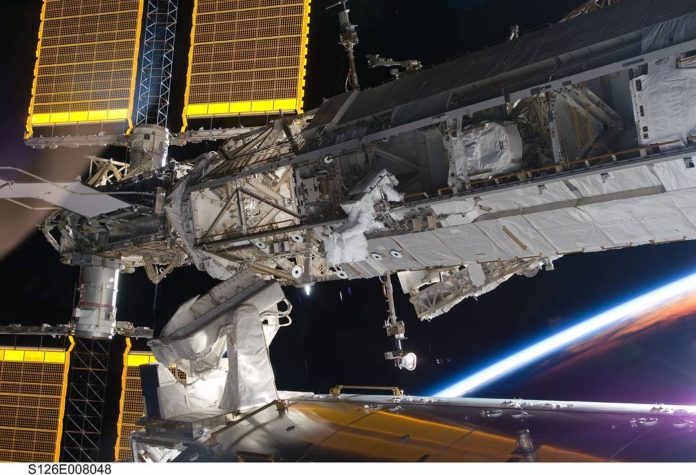In space, weather doesn’t always behave the same as it does down here on Earth. For example, just a small fluctuation in solar winds in space can affect both the strength and speed of “space hurricanes,” confirmed researcher with the Center for Space and Atmospheric Research at Embry-Riddle‘s Daytona Beach, Florida, and professor physics Katariina Nykyri. The study goes on to explain how these solar wind fluctuations can actually change the properties of these “space hurricanes” and affect the way in which plasma is transported into the Earth’s magnetic shield too.

“Space hurricanes” are formed through a phenomenon called Kelvin-Helmholtz (KH) instability where plasma sweeps across the Earth’s magnetic boundary producing large vortices as it does. “The KH wave, or space hurricane, is one of the major ways that solar wind transports energy, mass, and momentum into the magnetosphere,” says Nykyri. “Fluctuations in solar wind affect how quickly the KH waves grow and how large they become.”
The faster the solar wind is, the more powerful these fluctuations are. Learning more about how solar winds affect space hurricanes could allow for better weather prediction in the future as well as getting the ball rolling for enabling safer satellite navigation through radiation belts. The reason for this is that sometimes the solar wind can excite the ultra-low frequency (ULF) waves which incidentally energizes the particles in the radiation belt.
Coronal Mass Ejections are giant plasma balls which erupt from the Sun and space hurricanes occur at their boundary layers. “KH waves can alter the direction and properties of Coronal Mass Ejections, which eventually affect near-Earth space weather,” explained Nykyri. “For accurate space weather prediction, it is crucial to understand the detailed mechanisms that affect the growth and properties of space hurricanes.
More News to Read
- Are Enzymes the Answer to Curing Diseases Such as Cancer and Diabetes?
- NASA’s First 3D Printed Rocket Part is Ready for Testing
- New Breakthrough, Now Cells Can Be Programmed to Fight Disease
- Researchers Discover Bacteria Can Damper the Effects of Chemotherapy
- Physicists Decipher Magnetic Ordering in New MultiFerroic Material

